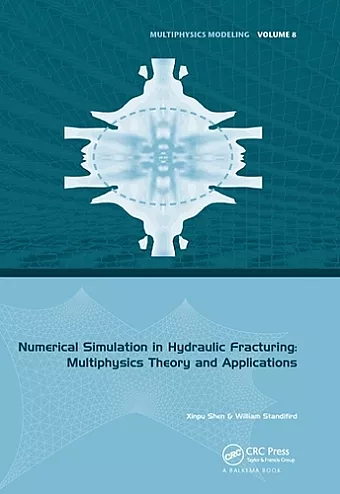Numerical Simulation in Hydraulic Fracturing: Multiphysics Theory and Applications
Advanced modeling techniques for unconventional resource development
Xinpu Shen author William Standifird author
Format:Paperback
Publisher:Taylor & Francis Ltd
Published:30th Jun '20
Currently unavailable, and unfortunately no date known when it will be back
This paperback is available in another edition too:
- Hardback£165.00(9781138029620)

This book offers a detailed exploration of 3D numerical modeling technologies in hydraulic fracturing, addressing various geomechanical challenges and practical applications for professionals and students.
Hydraulic fracturing has emerged as a pivotal technology in the exploration and extraction of unconventional oil and gas resources, particularly shale gas. This technique plays a crucial role not only in resource development but also in the design of drilling cuttings disposal through reinjection methods. The advancements in computational technology over the past decade have paved the way for the application of 3D numerical modeling to simulate hydraulic fracturing processes effectively.
In Numerical Simulation in Hydraulic Fracturing: Multiphysics Theory and Applications, the author presents comprehensive 3D numerical modeling technologies that have been developed in recent years. The book delves into solutions for various geomechanical challenges associated with hydraulic fracturing, employing fully coupled multiphysics modeling and innovative computational techniques, including submodeling. Through case studies, readers will gain insights into the practical applications of these technologies in real-world scenarios, enhancing their understanding of hydraulic fracturing dynamics.
The book serves as an essential resource for professionals and students in petroleum, geotechnical, and geothermal engineering, as well as geologists, hydrogeologists, geophysicists, and applied mathematicians. It encompasses both fundamental principles and advanced aspects of hydraulic fracturing technology, making it a valuable reference for those involved in the successful development of unconventional resources. The exploration of casing integrity and fluid migration issues further enriches the content, providing a holistic view of the challenges and solutions in this vital field.
ISBN: 9780367573812
Dimensions: unknown
Weight: 360g
168 pages